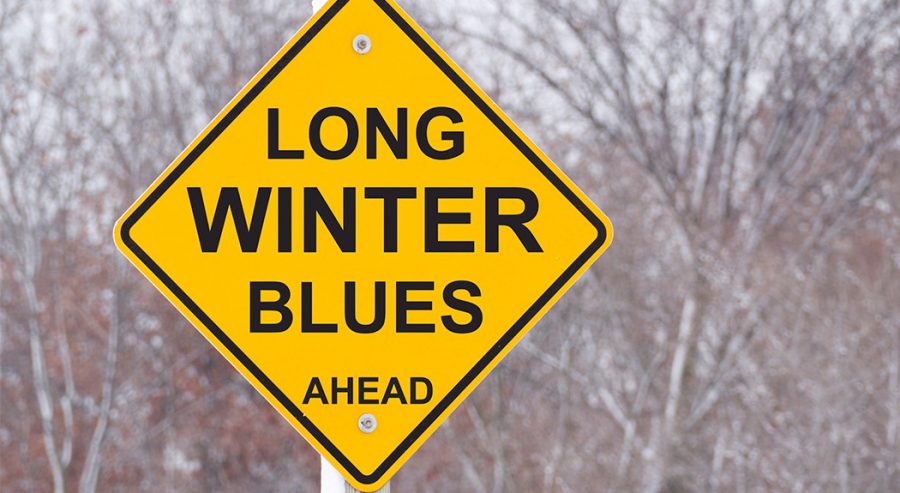As the holiday season rolls around and the atmosphere is cheery and bright, millions of Americans are struggling silently. Christmas should be a time of joy, but many experience what is known as Seasonal Affective Disorder, or SAD, when the winter months hit. This can put a damper on holiday spirit and what should be a time for happiness and connections with others. People affected by SAD sometimes miss out on this time due to their disorder. Jane Smith* weighed in on her experience with SAD.
“I have been experiencing SAD during winter for as long as I can remember, it starts right around daylight savings time and lasts until mid March for me,” said Smith.
As the days get shorter and darkness comes earlier, people begin to feel sadder and more sluggish earlier in the day. This can lead to feelings of depression, accompanied by many in northern climates being confined to their homes.
“I try to make an effort to see my friends and get out of the house more. I am really lucky that we live in Texas where it does not get too cold to leave the house,” said Smith.
SAD is characterized by moodiness and feelings of lethargy that appear and disappear with the transition of seasons. This affects people in many ways, but mainly manifests itself in the form of depressive symptoms.
“I usually feel lazier and don’t have as much energy to do what I normally like to do,” said Smith.
Treatment for SAD ranges from mild self care to light therapy. Treatments are assigned based on seriousness and circumstances around the disorder. Therapists for the winter season can help people. Many find they feel better after accepting they feel this way around this time of year so they are prepared to cope.
*Name changed to protect privacy











